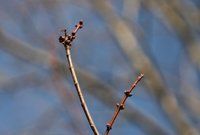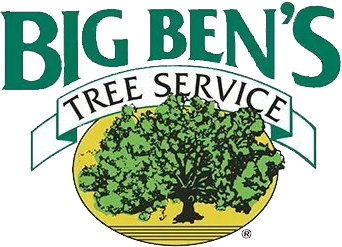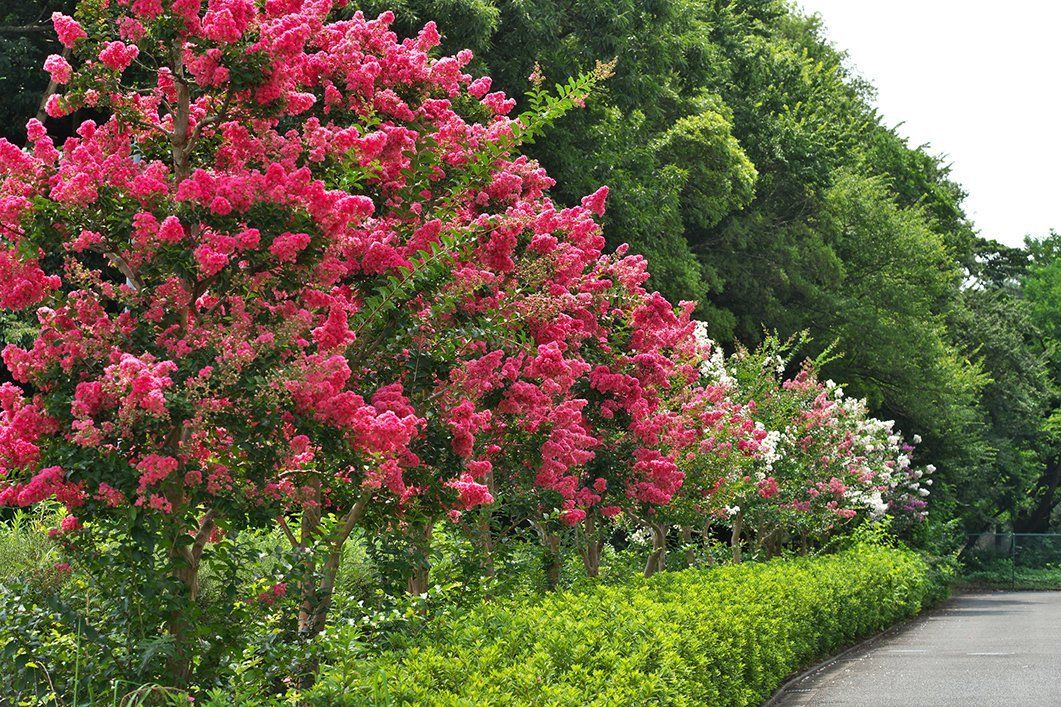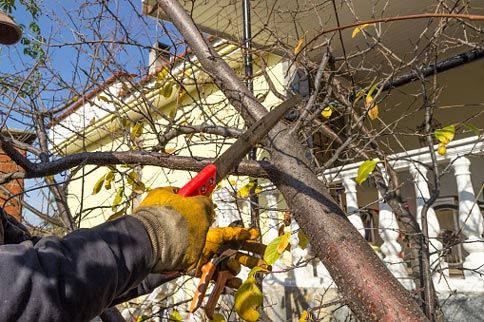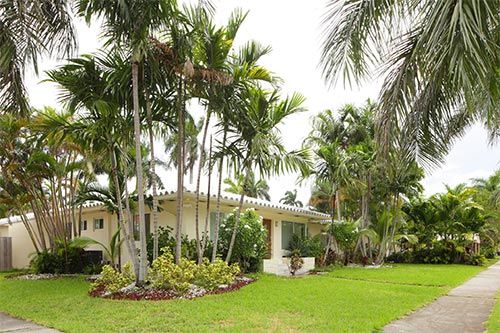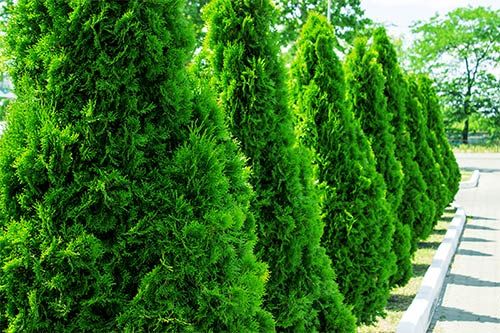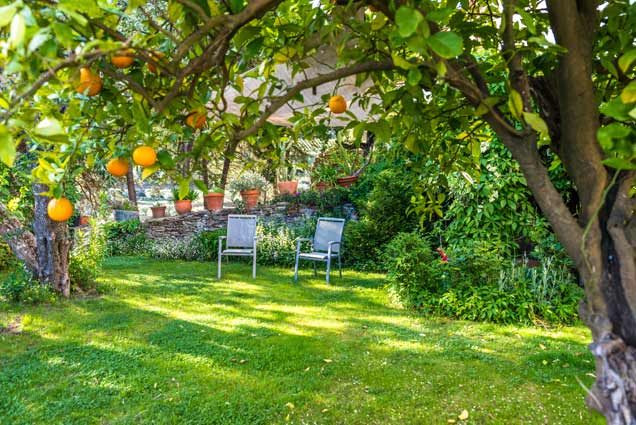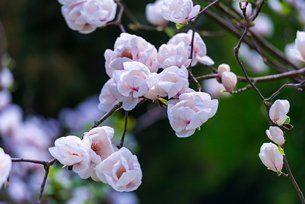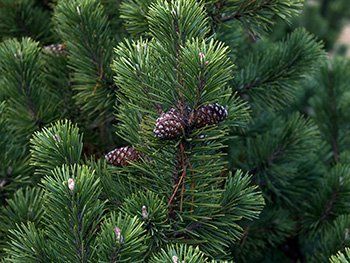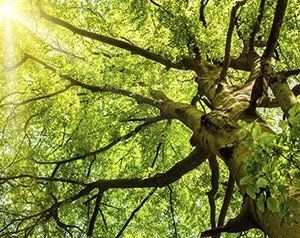Late spring is the ideal time to plant palm trees in the North Florida landscape. May to June are also great months to remove and replace palm trees that are sick or severely winter-damaged. When you plan your new palm tree installations, be mindful of site preparation, the suitability of the palms you select, and the maintenance involved in various palm species. Here are four tips to help you have great success with your palm trees.
1. Consider Your Ideal Palm Plantings
Do you want to grow short palm plants to highlight your flower beds? Or do you want lofty palms towering over your upper-story balconies? Palm plants and trees come in sizes from compact potted varieties to epic swaying trees that reach 80 feet in height.
When you draw out the type of palms you envision, your plant supplier easily matches your desires to actual varieties of the plants and trees. Palm trees must also be suited to the sunlight offered in the areas where you want to plant them.
When planning your future palm locations, be prepared to tell your plant supplier whether the areas are shady, sunny, or a mixture of sunny and shady. There are palm varieties that work for each light condition.
2. Choose Cold-Tolerant Palms for North Florida
To ensure the long-term survival of your palm trees, choose cold-tolerant palm trees. This means you may not be able to plant those tropical palm beauties you might find in Miami or the Keys. However, there are thousands of types of palms in the world, so it's not difficult to find a suitable substitute.
Florida is divided into six separate USDA growing zones. Areas directly west of Jacksonville are in the 8a to 8b range, meaning plants must tolerate cold down to 10 degrees Fahrenheit. Areas just to the east of Jacksonville are in the 9a zone which extends down to Daytona Beach. Palms must be able to withstand temperatures as low as 20 degrees Fahrenheit to grow in the 9a zone.
Since winter damage is one of the biggest killers of palm trees, select palm varieties that are suitable for the cold snaps of North Florida.
3. Prepare and Feed Soil for Optimum Growth
Palms love sandy soils over limestone, which are prevalent soil types in Florida. If you have dense clay soil, enhance it with soil amendments and sand. Or plant the palms in raised berms in well-drained soil.
Palms can deplete potassium and magnesium. Ask your tree service for a palm fertilizer that includes these nutrients plus a balanced amount of nitrogen. Iron deficiency is also a problem in some palms. Your tree service can recommend treatments for these problems as well as for any diseases or pests in your palm trees.
4. Schedule Routine Pruning
Remove dead fronds from trees to avoid them falling and littering the lawn. It may look better to remove any brownish fronds from your palm trees, but only completely dried, brown fronds should be trimmed from your trees. Partly green fronds are still nourishing your palm trees.
You can easily trim smaller palm trees from the ground. If you have tall palm trees, hire a tree service with a crane and tree techs to ensure your palm trees are properly pruned and treated.
If you need to have a dead palm tree removed or a really tall palm tree installed, hire a tree service with the same equipment and climbing experience. Tall cranes allow the tree service to finesse their way around the property.
Cranes and climbers are able to install or remove tall trees without doing extensive damage to adjacent structures or landscaping. Tree techs can precisely treat and trim trees for optimum health and growth.
Contact the tall-tree experts at Big Ben's Tree Service to make all of your palm-tree dreams happen. We prepare, install, treat, prune, trim, and remove all types of palm trees from properties in the Greater Jacksonville region.
